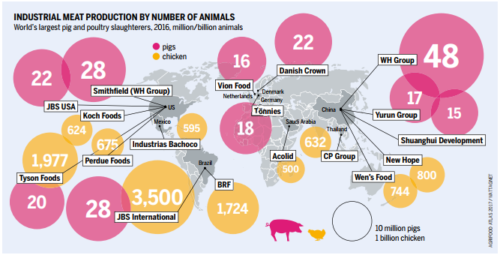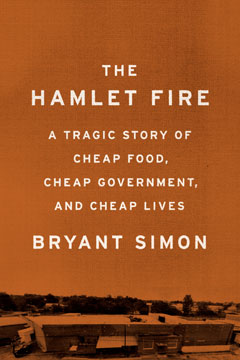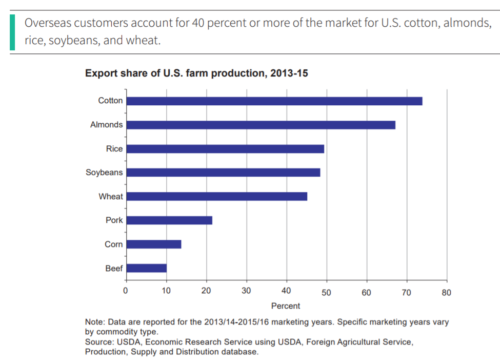An Atlas of Agribusiness for Food Systems Advocates
I’m going to be using this week’s posts to catch up on reports that have been flooding in.
Let’s start with a publication from the Heinrich Böll Foundation, the Rosa Luxemburg Foundation, and Friends of the Earth Europe.
Agrifood Atlas: Facts and figures about the Corporations that Control What We Eat
Agrifood corporations are driving industrialization along the entire global value chain, from farm to plate. Their purchasing and sales policies promote a form of agriculture that revolves around productivity. The fight for market share is achieved at the expense of the weakest links in the chain: farmers, and workers…It is high time for a socially and politically oriented regulation of the agrifood industry.
The Atlas provides the facts and figures you need to advocate for healthier food systems.
Here is one example:









